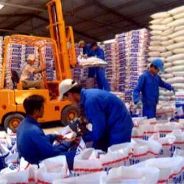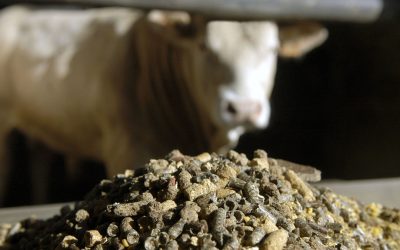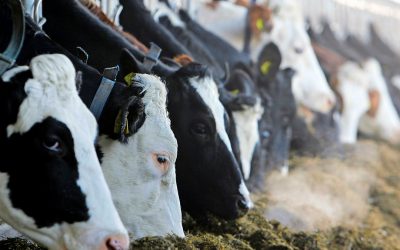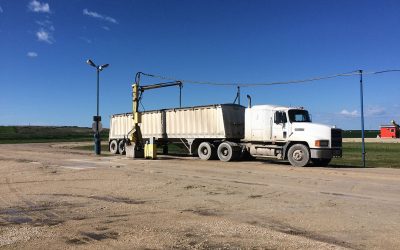Vietnamese animal feed sector struggles

Animal feed production in Vietnam is facing serious hurdles as it seeks growth opportunities and tries to meet the increasing demands of farmers.
While in the 1980s, industrial feed produced locally accounted for only 1%,
in the 1990s there was a surge in production when more than 65 feed mills were
built.
As the potential grew, foreign companies started investing in the
sector with the establishment of the Viet-Phap Joint Venture Company Proconco in 1993
and Charoen Pokphand Vietnam a year later.
By 2002 Vietnam counted a
total of 179 animal feed enterprises with a capacity for producing five million
tonnes per year. Most of the mills are concentrated in the plains, including the
Hong (Red) River Delta with 110 mills, accounting for over 44%, the southeast
region 36%, and a few mills in remote areas and Tay Nguyen (Central Highlands)
region.
The location of the mills, although it makes availability of raw
materials and distribution easier, results in high cost of feed in remote and
mountainous areas, discouraging animal production in these regions.
While
domestic enterprises use modern and advanced technology to produce feed –
compared to regional and international companies – their capacity is much lower
than production of foreign companies.
The production share of domestic
companies came down from 57% in 1995 to 28% last year, while foreign and joint
venture companies with only 30 mills, producing 2.43 million tonnes of animal
feed annually, now account for 72% of the total national
production.
Feed shortage
Though the mills developed fast,
industrial feed now meets only 38% of the demand in the country, preventing
farmers from establishing large scale animal farms in many provinces and cities.
Currently, small scaled farms accounts for 70-90% of the farms in the animal
husbandry sector.
Meanwhile, the shortage in animal feed has resulted in
heavy dependence on imported feed and raw materials. Last year, the sector
imported 255,700 tonnes of maize, 787,300 tonnes of oil-cakes, 149,300 tonnes of
fish feed and 50,000 tonnes of premix, vitamin and other minerals, accounting
for 45% of the total production demand.
Locally available raw materials
for feed now meets only 68 to 70% of the production demand, with 3.5 million
tonnes of broken rice, 2.5 million tonnes of maize, 1.8 million tonnes of
cassava and potato, 190,000 tonnes of beans and peanuts and 68,000 tonnes of
other premix and minerals produced domestically.
With imports, charged an
import tax of 5-7%, the price of feed in Vietnam is 1.5-2% higher than in other
regional countries and 20% higher than many world nations. This results in high
prices and reduced competitiveness of animal husbandry products in the
market.
According to a recent World Bank study, if feed prices were 20%
lower than current market prices, producers and consumers would benefit in
threefold figures. The study also suggested increasing production domestically
and reducing import taxes on feed and raw materials.
Inefficient
distribution and processing systems are also other impediments affecting the
sector. For example, Son La Province is a major maize production area, but there
are no processing mills in the area. Hence farmers in the province have to pay
higher prices for feed due to transportation costs. The sector also suffers from
lack of quality controls and legal safeguards.











